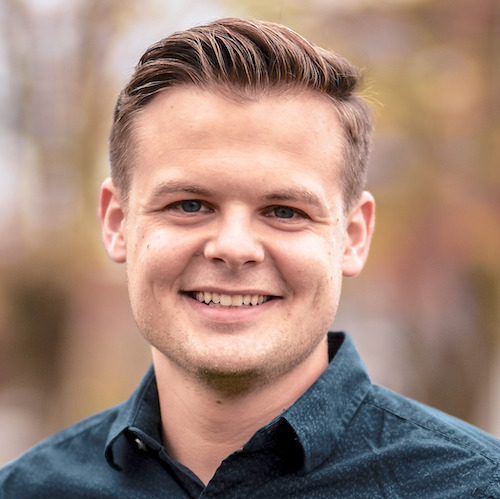
At the onset of March 2020, senior living communities were faced with unprecedented facility lockdowns, heightened fatality risks and social isolation issues. Older adults were identified as high risk, and care providers were doing things they never had to do before, such as providing food to residents who were quarantined in their rooms and sourcing personal protective equipment.
Because of COVID, we had to physically separate ourselves from those we serve, and our facilities were experiencing — and continue to experience — monumental disruptions in daily operations.
Although most of these disruptions have been characterized as negative, there also has been a sense that many positive (or at least less negative) outcomes have emerged during the pandemic. Among those have been a rapid implementation of communication technologies, such as smart home devices and telehealth programs, and strict infection control protocols to ensure that common areas are regularly disinfected.
Many residents and aging seniors actively sought opportunities to help protect their communities — going from a recipient of our care to an active participant. Residents and their caregivers became a united team, unlike anything we had ever seen before in history.
As a fundraiser for Army Distaff Foundation / Knollwood Military Life Plan Community, a not-for-profit continuing care retirement community that provides housing and healthcare services to aging veterans, the primary way our residents were able to participate was through generous giving to support the facility operations and innovations to keep the community safe. This was critical in a time when the industry as a whole had been hit with financial pressures — namely, higher expenses and lower occupancy rates.
America saw an unprecedented amount of donations given to healthcare causes during the height of the pandemic in 2020. According to a report from Indiana University’s Women’s Philanthropy Institute, one-third of U.S. households gave money directly to charitable organizations, and of that one-third, more than 35% came from individuals in the 65+ age group. There is no denying that aging seniors were vested in being part of the solution, even if they were at the highest risk.
How does philanthropy bring together a community?
For a not-for-profit senior living community to be truly successful, the organization must develop a culture of philanthropy, through charitable acts and all other forms of altruism. This means that everyone, from the cleaning staff to the CEO, understands the role that philanthropy plays in organizational health and uniting the community for the greater good.
Giving back gives people a sense of purpose and a feeling that even during these trying times, they can do something to make a difference. Research shows that helping others during a crisis leads to lower stress levels and greater empathy towards neighbors and acquaintances. Sewing masks, writing thank you notes for frontline workers and making generous donations are all ways to uplift the community.
The COVID-19 pandemic taught us that senior living communities provide more than just life basics for older adults. They are not just an apartment or room that someone occupies.
It is the generous spirit of a resident who gives towards a financial assistance fund. It is the innate kindness to knit a blanket for a healthcare worker who just had a baby. It is the thoughtfulness of saying a heartfelt “thank you” to the CNA who just finished a 12-hour shift. It is a sense of belonging, and that is what philanthropy and giving back undoubtedly strengthened.
Although the long-term effects of the pandemic are still unfolding, we can rest assured that our communities are stronger today because of the way we pulled together when it mattered most. May that never be forgotten.
Walker Konkle is the annual giving manager for the Army Distaff Foundation and Knollwood Military Life Plan Community, a not-for-profit continuing care retirement community based in Washington, D.C., that provides housing, healthcare and innovative aging solutions to veterans from World War II through Vietnam. He is responsible for raising funds to support residents in financial hardship, improving facilities and enhancing health and wellness programs.
The opinions expressed in each McKnight’s Senior Living guest column are those of the author and are not necessarily those of McKnight’s Senior Living.
Have a column idea? See our submission guidelines here.




